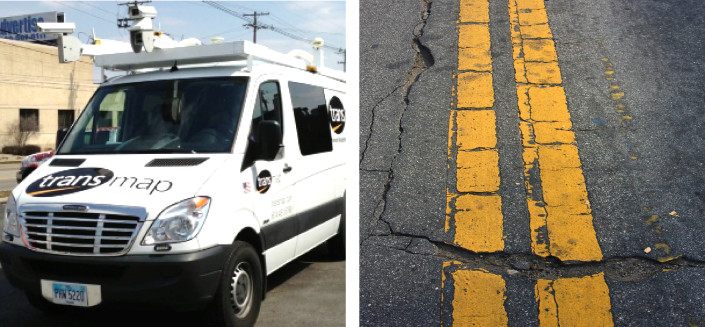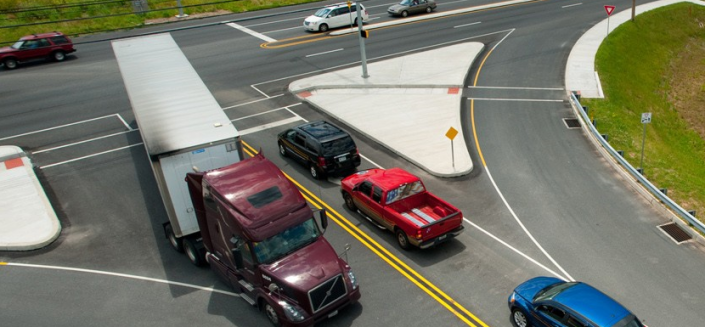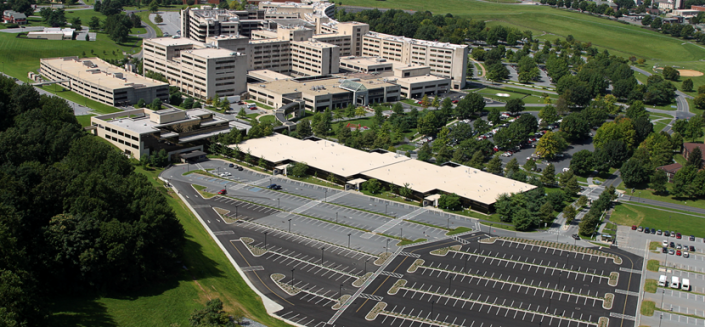In completing the final design of the Philipsburg Bypass in Centre County, Herbert, Rowland & Grubic, Inc. (HRG) designed 2.4 miles of new arterial highway, two bridges, four traffic signals, and four acres of replacement wetlands. HRG also completed comprehensive traffic data collection and trip distribution in order to facilitate the complete reconfiguration of the roadway network.
The traffic signal design included improvements for truck turning radii and roadway drainage, while the roadway design included the widening, curbing, and overlay of half of a mile of 2-lane roadway through Philipsburg Borough.
An additional section of Borough roadway was reconstructed to be a two- and three-lane section of highway as part of the relocated SR 0322, and an exit ramp was designed to connect the relocated 0322 to the existing state route. Roadway profiles were controlled by meeting at-grade intersections, reducing impacts to wetlands, controlling drainage outlets, and meeting bridge waterway opening requirements. Profile adjustments required multiple driveway adjustments or relocations through the project area.
In addition, signing and pavement marking plans were prepared, including configurations for the signalized intersections as well as the redesign of signing for four state routes that weave through the Borough.
The project’s position within a FEMA-detailed flood insurance study area provided additional complications. Because of this positioning, significant hydrologic and hydraulic modeling were required as was flood plain coordination with the Pennsylvania Department of Environmental Protection and the United States Army Corps of Engineers. Any fill in the flood plain would have increased the 100-year flood plain elevation, negatively impacting many houses and buildings.
HRG engineered an innovative solution by discovering an abandoned railroad embankment obscured by years of vegetation growth and demonstrating, through detailed HEC modeling, that the removal of this embankment compensated for the roadway embankment and resulted in no net increase in the flood plain. Despite this innovative solution, however, the roadway would be covered by less than a 50-year storm frequency. Therefore, HRG recommended the flood actuation of the traffic signal system to close this roadway to traffic when floodwaters approach the surface of the road.












